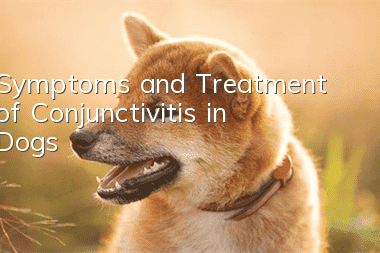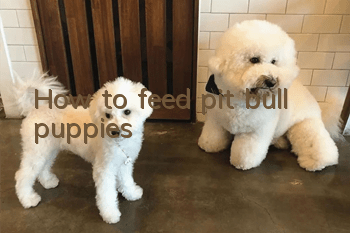Symptoms and Treatment of Conjunctivitis in Dogs

Symptoms of canine conjunctivitis:
1. Eye discharge: One of the most obvious symptoms of canine conjunctivitis is canine eye discharge. So, if you see thick, pus-like discharge, you know that conjunctivitis is likely.
2. Red or bloodshot eyes: Red eyes are the main feature of canine conjunctivitis.
3. Eyelid swelling: Conjunctivitis is accompanied by inflammation of the tissues around the eyes. This can cause swelling of the eyelids.
4. Squinting: Inflammation and swelling prevent the eyes from opening completely.
5. Itchy eyes or rubbing eyes: Conjunctivitis causes eye irritation, so dogs often rub their eyes constantly.
Treatment of conjunctivitis in dogs:
1. Symptoms of mild conjunctivitis can be alleviated or eliminated with natural treatments, including dietary supplements to support the immune system, lubrication eyes to combat dry eye syndrome, as well as instilling herbs to reduce inflammation and itching.
2. In severe cases of conjunctivitis, treatment is targeted at the specific cause and may include topical and oral or systemic medications. Topical gentamicin, tobramycin, chloramphenicol, oxytetracycline, ciprofloxacin, or triple antibiotic ophthalmic ointments and solutions are usually prescribed. Some patients will receive medications containing anti-inflammatory drugs, such as ophthalmic prednisolone or dexamethasone.
3. Oral antibiotics or anti-inflammatory drugs can also be used in dogs with secondary conjunctivitis. Patients diagnosed with KCS often require medications such as cyclosporine or tacrolimus to stimulate tear production. Patients with eyelid or eyelash abnormalities require surgical correction.
- What to do if your dog has hypoglycemia
- When is the best time to train a junior dog, and what should you pay attention to when training?
- Where can I hit when training Alaskan disobedience?
- Why do Pekingese dogs smell bad? What should I do if I have body odor?
- What are the coat colors of golden retrievers?
- Early symptoms of pancreatitis in dogs
- Puppy Skeletal Development—Feeding Guide
- Chinese turtle characteristics_habits_breeding_how much does it cost-neighbor’s pet
- Three things to note when buying a purebred golden retriever
- What to do if a spaniel goes into shock



